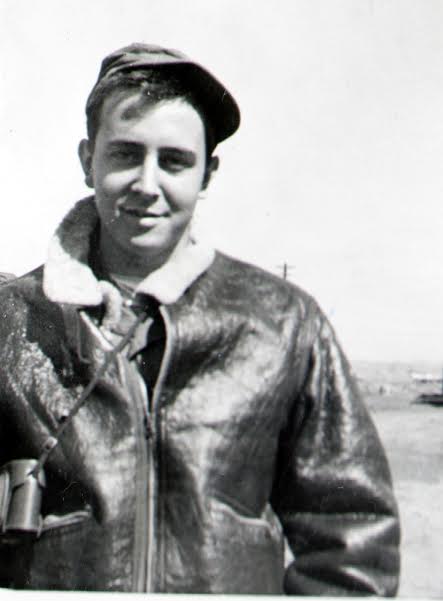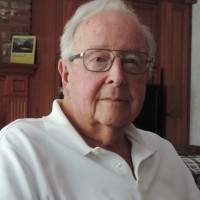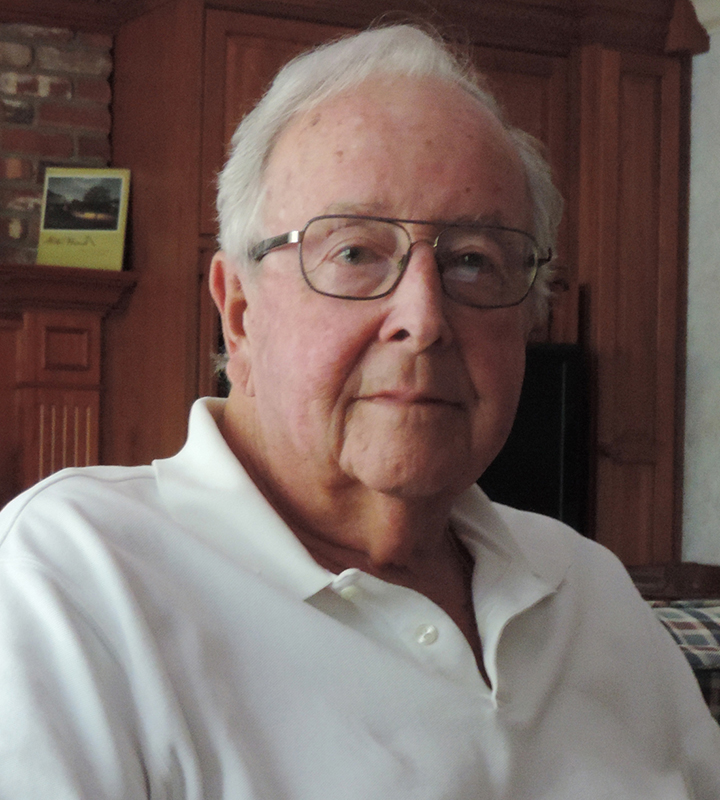
By Ward Degler
It was no surprise that John Roth found himself at an airbase in Korea in 1952. It had been barely two years since 75,000 North Korean soldiers spilled across the 38th parallel into South Korea, an invasion that violated the agreement between the United States and the Soviet Union, dividing the peninsula into two countries – one devoted to communism, the other to western democracy.

It also sparked global fears of widespread communist aggression, possibly even World War III. President Truman ordered an immediate military buildup.
For Roth, the Korean War began in 1951 at Lackland Air Force Base in San Antonio, Texas.
“There weren’t enough barracks to house the huge influx of new recruits,” he said. He and hundreds of other trainees lived in hastily pitched tents and slept on cots.
Roth rushed through basic training and into electronics school in Nevada where he learned the intricacies of radar and gun sights on the Air Force’s new F-86 Saberjet fighter.
Rather than being assigned as an electronics technician to work on planes, however, Roth became part of a special team designated to train mechanics.
“Even that was done differently,” he said. “Instead of technicians coming to us, we went to them.” And wherever they went, they took with them a training module made up of a good portion of an actual F-86 fighter. “The cockpit, the engine, the fuselage and all the mechanical, hydraulic and electronic systems were put on giant platforms and loaded into cargo planes,” he said.
Roth’s detachment’s first stop in Korea was Kimpo Air Base, a hard-used facility that had been overrun several times by enemy forces since the beginning of the conflict. When Roth and his crew arrived, they found themselves just nine miles south of the front lines. Enemy harassment was a daily occurrence, and at night, a small North Korean airplane nicknamed “Bedcheck Charlie” would fly over and drop hand grenades.
Housing was more tents and cots. “It was bitter cold,” Roth remembered, “and we lined our cots with newspaper before putting down our sleeping bags.” Conditions were terrible, but Roth admitted it was worse for troops a few miles north who had to sleep in the snow.
“We didn’t have warm clothes,” he added. “Nobody did.” Frostbite and hypothermia were rampant during the winter months.
Training was intense at Kimpo, and Roth remembers that both pilots and mechanics were eager to learn as much as possible. “No one had experience with jets,” he noted. Until 1952, the most advanced American fighter plane in Korea was the P-51 Mustang, a prop-driven aircraft from World War II. “Unfortunately,” Roth mused, “it was powerless against the Soviet Mig fighter.
It was while Roth and his training crew were stationed at Kimpo that a North Korean pilot defected and landed his Mig at the American base.
“We got to take a look at it,” Roth said, “and we learned a lot that helped us combat it in the air.”
Something else that Roth and everyone else on the base got to see was a blond bombshell by the name of Marilyn Monroe.
“Marilyn came to Korea with Bob Hope and his troupe,” Roth recalled. “They put on a show in spite of shooting just a few miles away.”
In 1953, after other assignments in Korea and Japan, Roth was shipped home where he met and married his wife, Charlene. The first of their three children was born on their first wedding anniversary.
After leaving the Air Force, Roth completed his engineering degree and founded an electronic company known today as Esco Systems. In 1990 he retired, and he and Charlene now divide their time between Zionsville and Bonita Springs, Fla.
Even now he is fiercely proud of his country and proud to have served.
“I became a patriot when I watched my dad go off to war,” he said. “I was in the sixth grade.”



